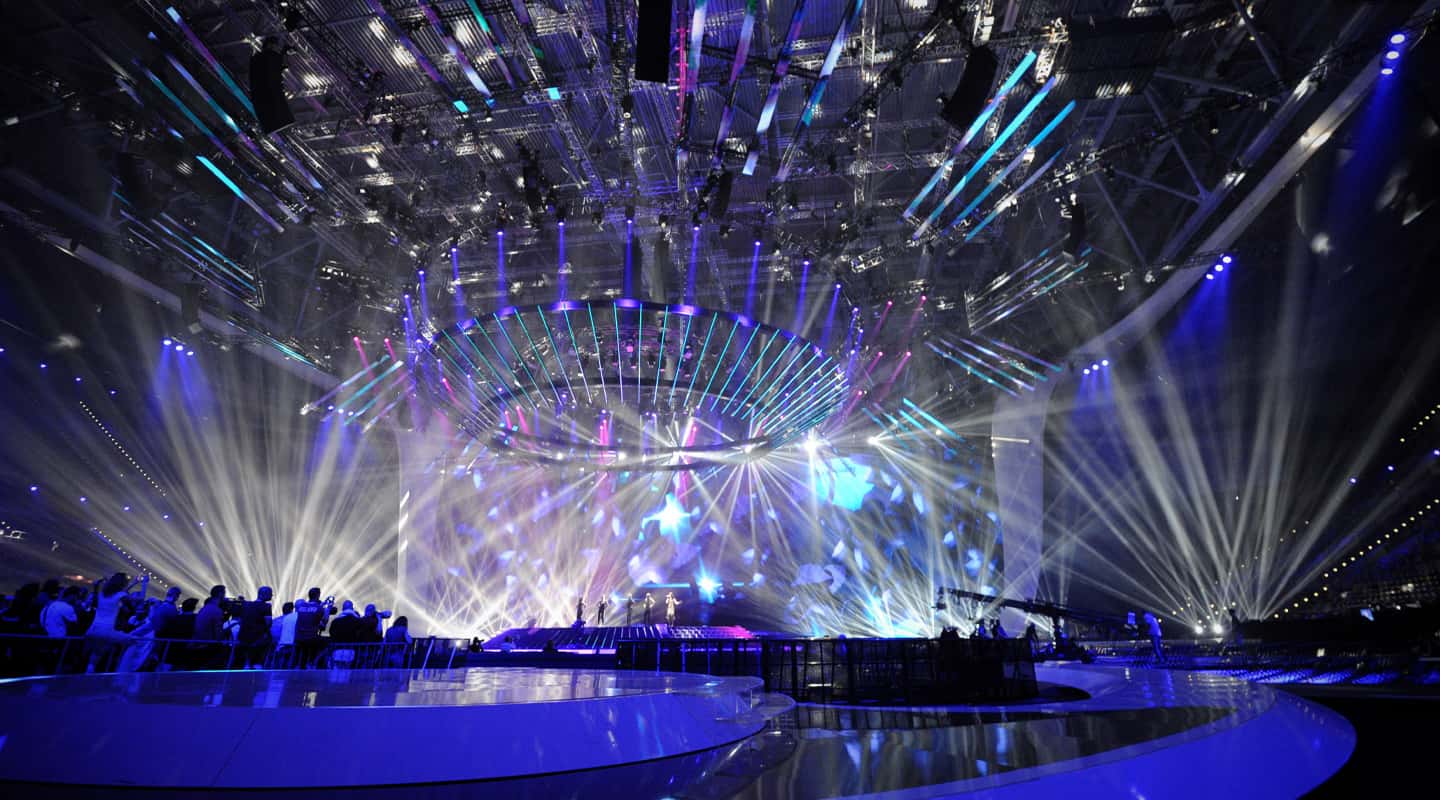
Toasting Euro Cheese
Eurovision Song Contest: astounding technology in the service of ‘what the…?’ television.
Text:/ Paul Collison
How does a simple song contest become so deeply embedded in the psyche of an entire continent? How is it that 55 years after its inception, the Eurovision Song Contest (ESC) is one of the biggest and most-watched television events of the year? This is despite it being described as kitsch and boring: and they’re the publishable descriptions! While these questions may be unanswerable, what we do know is that the ESC is a unique event that’s gaining in popularity every year, around the world. Even outside Europe, people now flock to their television screens to witness this monstrous show. We also know the ESC is one of the ultimate technical productions of each year.
This story really began when Germany won the ESC in 2010 and thus became the hosts for the 2011 event, which was staged in Düsseldorf’s Fortuna Arena. Built in 2002-04, the Fortuna Arena was initially designed as a football (soccer) stadium, and later modified for live events. To convert the building into a Eurovision temple suitable for all of Europe to worship ‘talent’ from around the continent, a roof had to be constructed to enclose the previously open-air stadium. With capacity reduced from 55,000 to only 24,000 due to production requirements, the building became home to the hundreds of production crew for the four-week build and two-week production run of the broadcast.
LED PLAGUE KEEPS SPREADING
To create an environment where more is more, is a bigger challenge than one might think. Simply throwing huge numbers of lighting fixtures and set pieces to every corner of the building is not the answer. Production Designer Florian Wieder, of Wieder Design, was tasked with the responsibility of creating an overall concept for the event. As in past years, LED video surfaces were integral to the design. The video surfaces allowed for a complete transformation of the overall scenic landscape. Starting upstage we see the 1250sqm Spider F-30 transparent LED screen which completely engulfed the end of the stadium. Keen beans would have noted the slight gap in the centre of the screen throughout the final broadcast. If you had, you were not surprised when it parted at the end of the performance segment of the show to reveal a green room area in an impressive honeycomb array.
The transparency of the Spider screen, with its 30mm pitch between SMD LED pixels, allowed for greater depth, with lighting fixtures including strobes and strip lights placed behind it. Out in the centre of the performance area, 200sqm of Barco MiTrix created a radiating panelling effect in the roof. Spread around this and through the floor was 2.6km of Barco MiStrip. All LED content was mapped from a grandMA VPU (Video Processing Unit) controlled from within the lighting department. The IMAG screens for the audience were covered by 12 Barco FLM-20 projectors. Coolux V3.0 Widget Designer Pro was used by Stephan Floeren to manage the video switching and backup system.
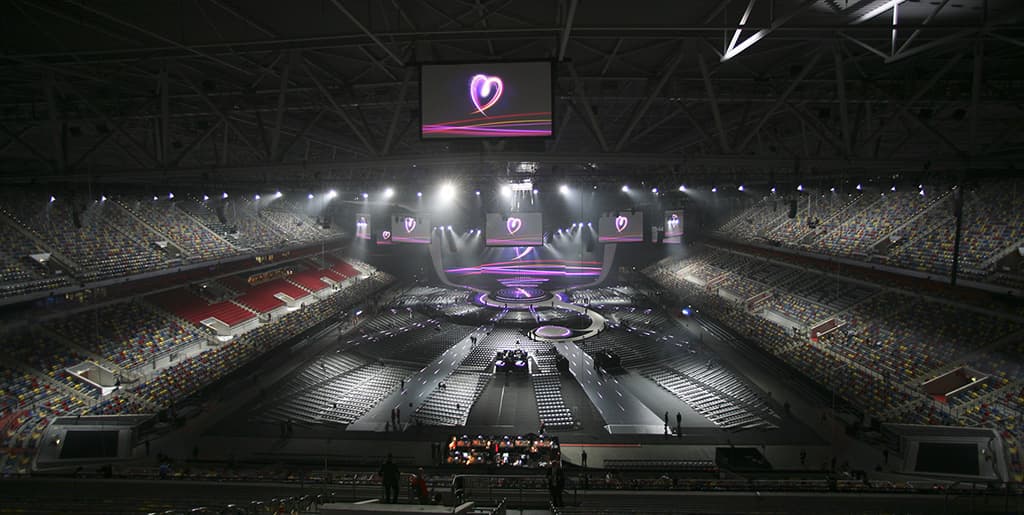
SEEING EUROVISION IN A FRESH LIGHT
With that much video to contend with, German Lighting Designer Jerry Appelt had a job ahead to light the talent around the video. At times he was required to create massive lighting effects and at other times was required to let the content breathe and become the overriding scenic element. To achieve this, Appelt required a lighting system full of powerful fixtures in great abundance.
Cape Cross of Cologne was the lead lighting contractor. With over 1000 moving lights, 8.5km of truss and 900 rigging points, this was a job that required exceptional planning and preparation. Using a lighting system based around the Mac2000XB Wash and Clay Paky Alpha1500 series of lights, Appelt needed to be able to provide some wow moments that could really cut. Enter the A&O Falcon searchlights: 24 x Flower 3000 and 16 x Falcon Flower 7000 provided that punch. Their impressive xenon multi-beam effects from a controllable reflector combined with an integrated gel-scroller, allowed the lighting team to create some truly unique looks and completely change the space of the massive room in an instant. Appelt said of the Falcon: “I use the 3K all the time, but Düsseldorf Arena is huge and I wanted beams to reach into every corner. This was actually the first time I used the 7K, and the results were fantastic.”
Appelt and his team used the grandMA2 platform to control this massive video and lighting system. There were four primary control surfaces with four backup surfaces. Amazingly, though, the entire show, lighting and video, was all run from a single console session. This led to a simplified network for the 42,000 parameters that controlled the 5000-odd lighting fixtures on the site. Also in that session were eight grandMA VPU devices controlling all the video content and LED mapping. A further eight VPUs ran in-line to provide full system redundancy. Appelt took advantage of the grandMA3D tool for offline programming, which started in Hamburg weeks before the first lighting fixture was installed. Carefully programming cues, all to be executed via timecode in that environment, gave the lighting programmers a great headstart for the live programming. “Absolutely every millisecond is cued and then rehearsed, again, and again, and again. There is no room for an error in a show of this size,” said Appelt.
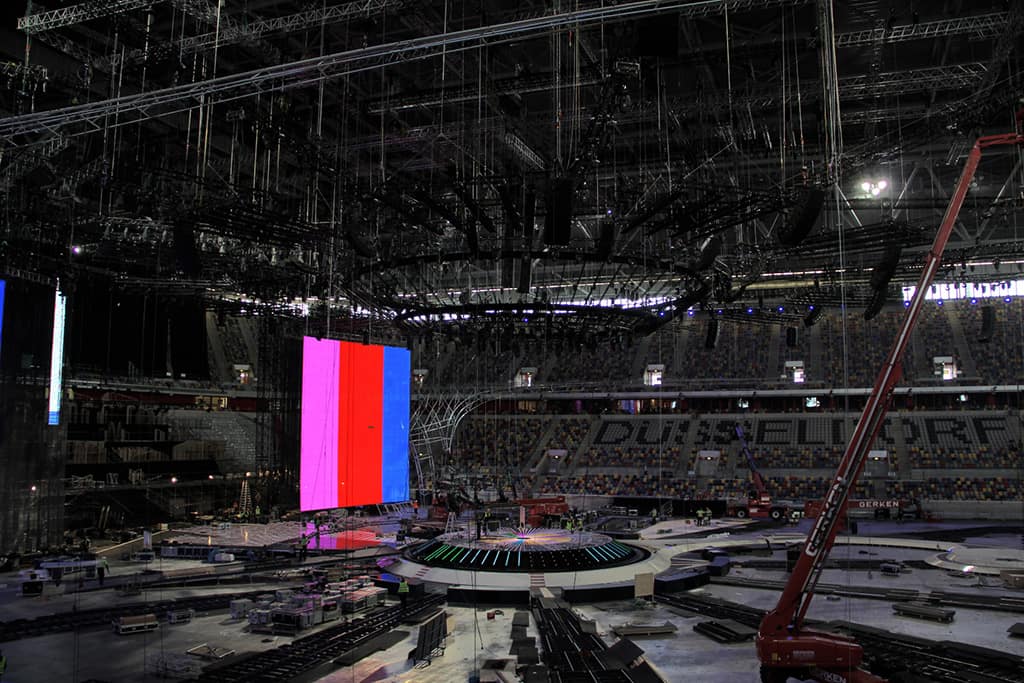
KEEPING THE ACTS HAPPY
Working with every delegation from each country and keeping them happy is by far the biggest challenge. Ola Melzig, a veteran of nine ESCs, was the go-between for the delegations and the creative teams. Ola made sure each delegation had a strong voice in terms of content creation and lighting states. She was with each delegation, for every rehearsal, on the floor of the area. And because production time is severely limited, ensuring that it was utilised to its full extent was a major task for Ola.
However, ensuring that all the delegations were in control and comfortable with the production process are also an important part of his job. Of the video content, Ola states: “Video is one of the trickier elements, as sometimes the production team doesn’t get specific instructions on how each country wants their song to look. After the first round of rehearsals there are usually several requests for changes; even Spain completely changed their content the day of the final broadcast. Luckily, we had a very talented crew and some of the best equipment available. In the end, everyone walked away completely satisfied.”
MOVING THE BITS
Of course, being a German gig, it would have been impossible to keep Riedel Communications (the German comms and data trucking company) away, even if this wasn’t the sort of large-scale gig they do all over the world every week. Their fibre-based multi-protocol MediorNet system formed the backbone to distribute every type of data from the 70 HD-SDI video feeds and 1200 audio signals to the 734 comms ports for their Artist and Performer talkback systems. They also provided the interfaces for the 500-odd digital trunk radio handsets, vision and audio for the 48 commentator booths, a 4Gbps site-wide Internet feed and the two 125Mbps terrestrial (and satellite backup) broadcast links from the venue to host broadcaster NDR. Needless to say, everything was at the very least dual-redundant.
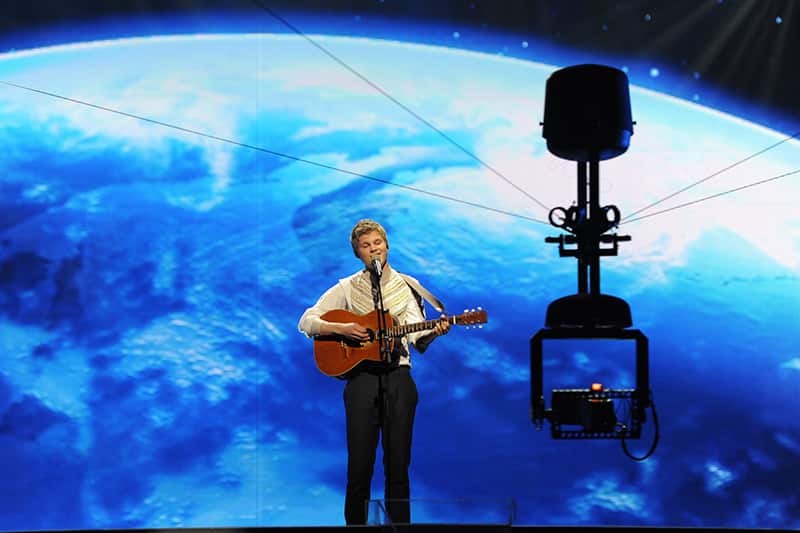

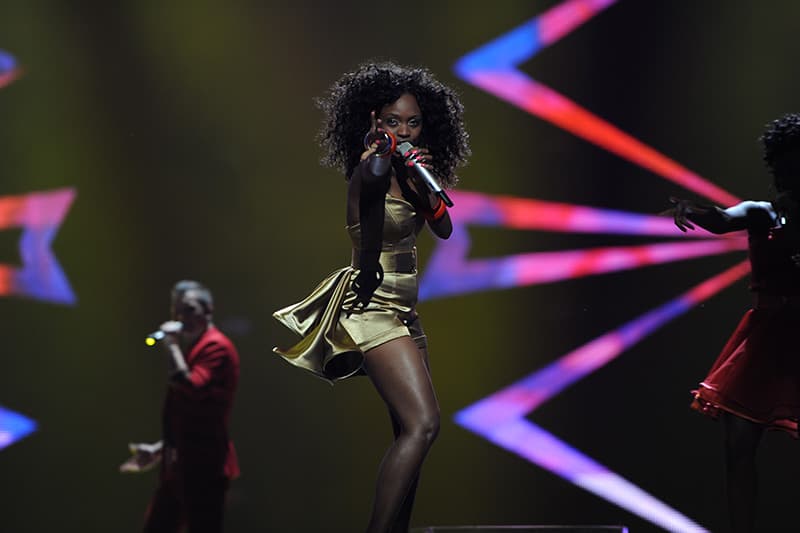


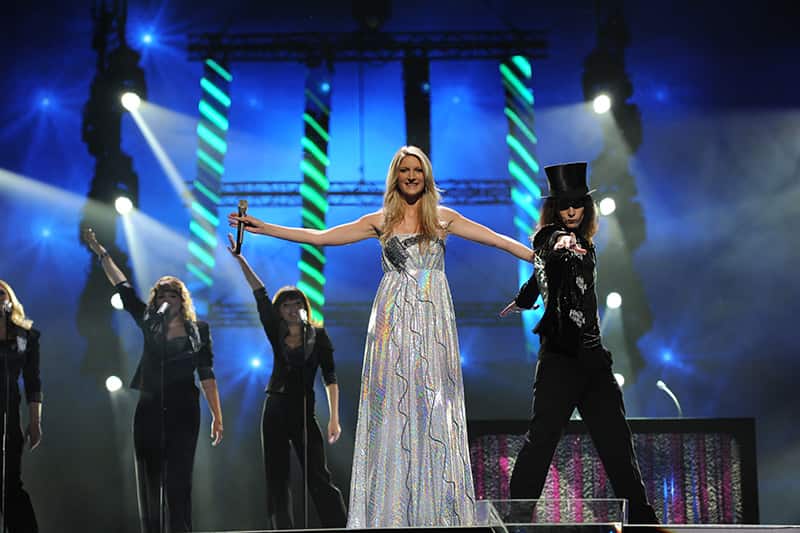
A BEAUTIFUL NOISE
Audio was no simple matter either. Each delegation had time in a studio away from the main stage to get their levels right for their in-ear monitors. The settings were then transferred to the main monitor system, to make sure precious on-stage time was not wasted with setting monitor levels, so that once on stage, everyone could concentrate on the visual aspect of the show.
Almost 400 loudspeakers in various flavours of d&b filled the auditorium with Eurovision love.
Audio control for the room included a fully-redundant Yamaha PM5D-RH control system for front of house and a Yamaha PMID-V2 for monitoring. Sennheiser has long been a Eurovision partner and 2011 was no different. Handheld mics were all SKM5200 with Neumann Kapsel KK104S and headsets were all HSP-4 with EM3732 beltpack transmitters and EM3732 receivers. The 5.1 and stereo broadcast mixes originated from a container in the car park where four Aurus consoles from German audio company Stagetec were deployed. From there, all broadcast mixes were sent to NDR’s master control and distributed around the world to over 120 million viewers.
After talking to many of the team involved, one gets the impression that the Eurovision family is just that, a family that come together each year for up to three months to put on one of the truly spectacular events of the year. For many of these people, Eurovision is a huge part of their life. So much so, they are all, already, talking about concepts and ideas for 2012… and before the last truck had even left the building. See you in Azerbaijan!
INFO
LIGHTING
Supplier: Cape Cross
Luminaires:
A&O Falcon 7000 Flower x 16
A&O Falcon 3000 Flower x 24
Clay Paky AlphaWash 1500 x 64
Clay Paky Alphabeam 1500 x 84
Clay Paky AlphaSpot 1500 HPE x 86
Clay Paky AlphaProfile 1500 40
Clay Paky Sharpy x 24
Clay Paky Alphaspot 700 HPE x 35
Coemar LED PAR x 39
ETC – S4 10° – 750W x 48
Expolite TourLED x 296
GLP Impression 90 x 164
GLP Impression XL x 85
HungaroflashT-Light Pro 85000W x 8
Litecraft PowerBar 4 RGB+W x 100
Martin MAC2000 Wash XB x 174
Martin MAC2000 Wash XB, MicroFresnel x 72
Martin MAC 101 x 112
Martin ATOMIC with Color changer x 120
PRG BadBoy x 122
Robe ColorWash 1200 x 50
Robert Juliat Aramis x 6
Robert Juliat Victor x 5
Robert Juliat Lancelot 4k Follow Spot x 4
Showtec Active DMX MR16 Striplite x 288
Control:
grandMA2 Fullsize x 8
grandMA2 VPU x 14
grandMA NPU x 10
VIDEO
Supplier: Creative Technology Europe
Barco Mistrip 1480mm x 2100
Barco Mistrip 375mm x 165
Barco Mitrix tiles x 2480
Barco R20 Projectors x 12
Spider F-30 LED – 1080sqm
Schnick Schnac LED – 400m
AUDIO
Supplier: Crystal Sound
d&b E8 Compact Speakers x 8
d&b J 12 LineArray Box x 28
d&b J 8 LineArray Box x 96
d&b J Infra Sub x 8
d&b J Subwoofer x 28
d&b M2 Monitor Loudspeakers x 8
d&b M4 Monitor Loudspeakers x 8
d&b Q1 Loudspeakers x 104
d&b Q7 Loudspeakers x 16
d&b T 10 Line Array Box x 112
d&b D12 3-fach Amprack x 43
d&b D12 Digitalamp x 129
d&b D12 Digitalamp x 36
d&b J Flying Frame x 20
d&b Q Flying Frame x 24
d&b Qi Querbügel (Z5175) x 10
d&b T Flying frame x 16
d&b R70 Lan>Can Interface x 5
PRODUCTION CREDITS
Stage Design: Florian Wieder
Lighting Design: Jerry Appelt
Technical Coordinator & Gaffer: Matthias Rau
Head of Lighting: Matthias Hagel
Head of Lighting Greenroom: Wolfgang Nöhrer
Effect Operator: Sascha Matthes
Video Operator: Michael Giegerich
White Light Operator: Markus Ruhnke
Greenroom Audience Operator: “Matze” Meyert
Host Broadcaster: NDR
Executive Producer Show: Thomas Schreiber (NDR)
Executive Supervisor of EBU: Jon-Ola Sand

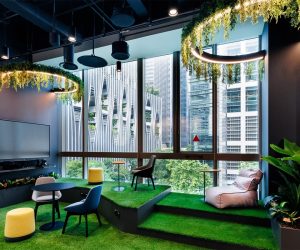
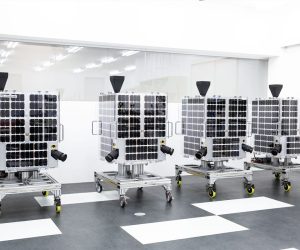
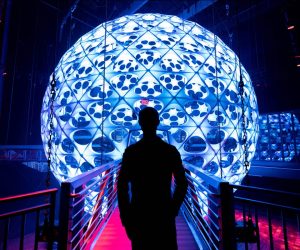

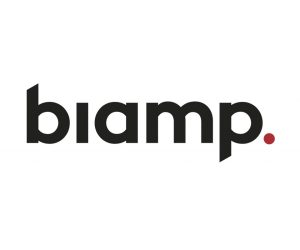

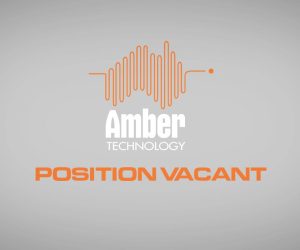
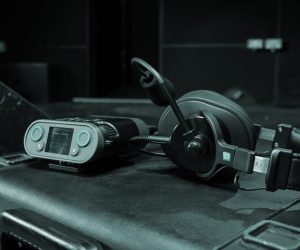

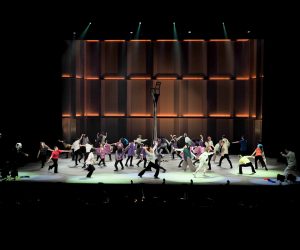



RESPONSES